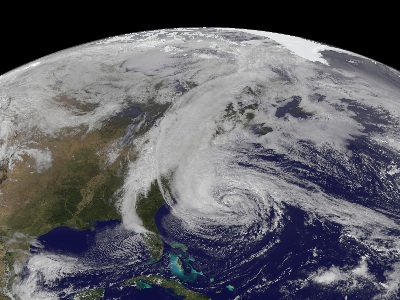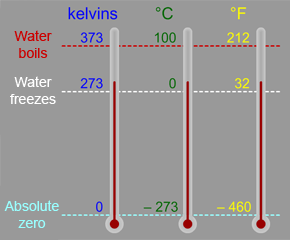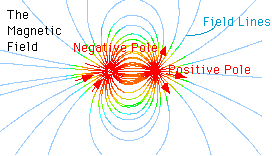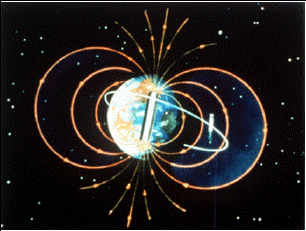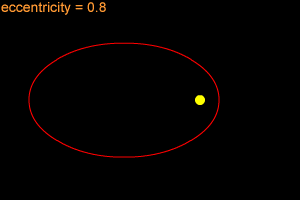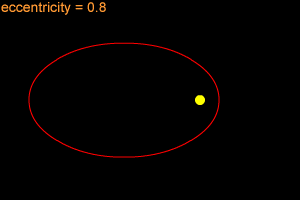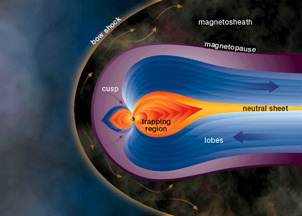Click on image for full size
Copyright 2002 University Corporation for Atmospheric Research
The Butterfly Effect
The butterfly effect is a scientist's way of saying that small things can make a big difference.As an example, let's pretend a hurricane has just formed in the the Carribean Sea, southeast of Florida. Hurricanes usually travel toward the northwest but their detailed paths can be very different - some hit the U.S.A. and others don't. It would be nice to be able to predict where a hurricane will go after it forms.
It turns out that this is not an easy thing to do because the atmosphere is turbulent . This means that a tiny change, like pushing the hurricane north just a few inches after it forms, can make the hurricane travel in a completely different direction. Changing its path by just a few inches today could change its path by hundreds of miles by the time it hits (or doesn't hit) land.
Let's take another example. Believe it or not, the presence of rain in Colorado next Monday may depend on whether or not a butterfly in China decides to flap its wings today! The tiny amount of air moved (or not moved) by the butterfly may set off a chain reaction which could effect weather all over the Earth. This is where the butterfly effect gets its name.
The butterfly effect is why the weather is so hard to predict. We can make a good guess whether it will rain in Colorado next Monday but we can't predict exactly where and when. Weather forecasts will never be perfect. The atmosphere is just too complicated for that.







